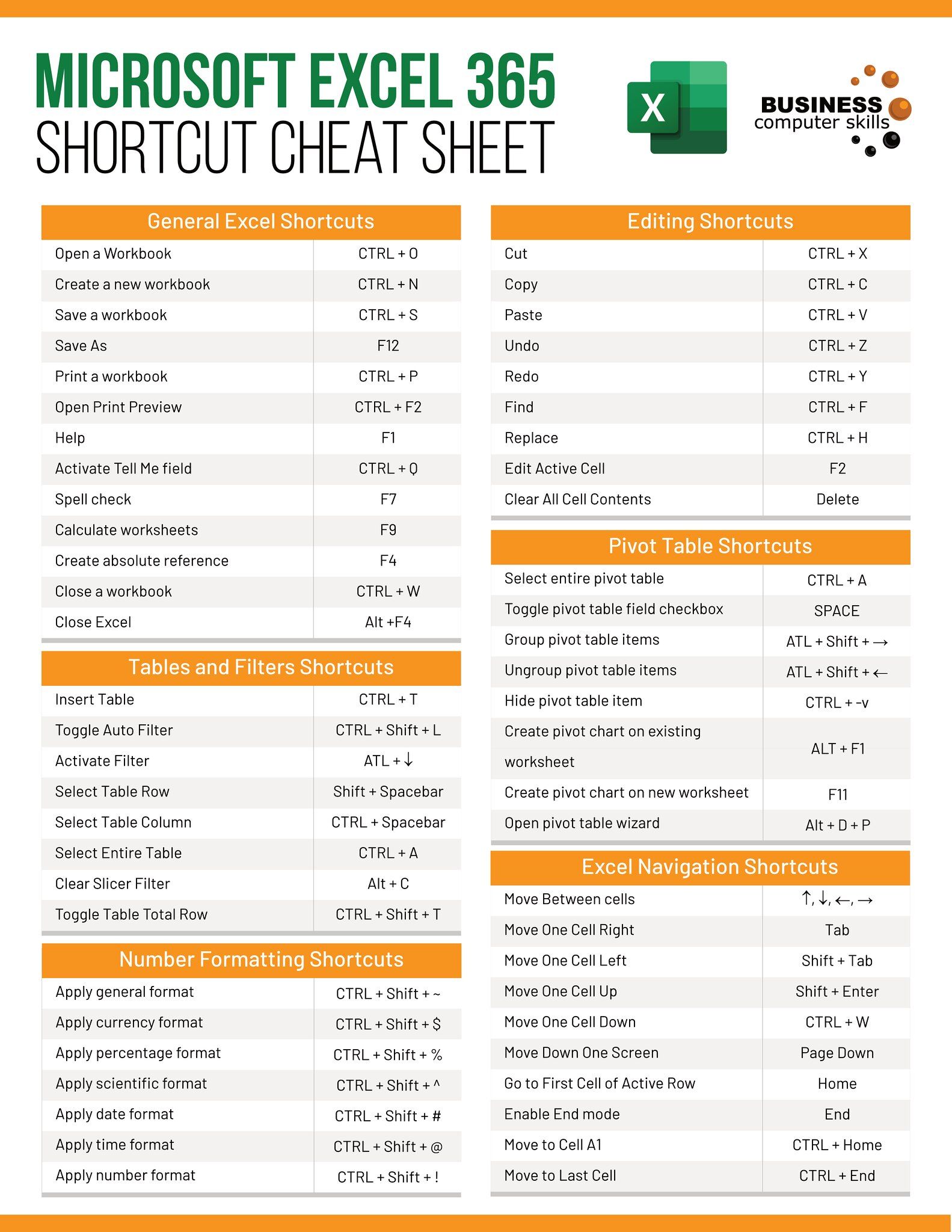5 Ways to Expand Your Excel Table in Google Sheets

Expanding an Excel table within Google Sheets can streamline data management, boost productivity, and enhance the collaboration process. By mastering techniques to expand your table, you'll be able to make your spreadsheets more dynamic, user-friendly, and comprehensive. Here are five ways to achieve this:
1. Manual Expansion

The most straightforward way to expand a table in Google Sheets is through manual expansion. Here’s how you can do it:
- Select and Drag: Click on the lower right corner of the bottom-right cell of your table, where you’ll see a small square (called the fill handle). Drag it down or across to expand the table in the desired direction. This method extends formulas and formatting.
- Inserting Rows or Columns: Right-click on the row number or column letter where you want to insert new cells, then select “Insert 1 above” or “Insert 1 below” for rows, or “Insert 1 left” or “Insert 1 right” for columns.
2. Use Formulas to Automatically Expand

Google Sheets can automatically adjust formulas as your data changes. This method is useful when you want the table to grow dynamically:
- Array Formulas: Use the ARRAYFORMULA function to automatically fill data down to new rows. For example, to copy a formula in column B to fill all rows as new data is added, you could write something like:
=ARRAYFORMULA(IF(A:A<>“”, B1,)). - Indirect References: Use the INDIRECT function to refer to a range that can expand, ensuring that your formulas work even as the table grows.
🧠 Note: Using dynamic formulas can make your Google Sheets document more efficient by reducing manual updates.
3. Query Function for Dynamic Tables

The QUERY function in Google Sheets can pull data dynamically from your tables:
- Create a Query: You can use QUERY to fetch and display data from one sheet to another, which will automatically adjust as the source data changes or grows. Here’s an example:
=QUERY(Sheet1!A1:Z, “SELECT A, B WHERE A IS NOT NULL”, 1)
4. Named Ranges and Data Validation

Named ranges help in managing and expanding tables by allowing you to reference data easily. Here’s how:
- Create Named Ranges: Define named ranges for your data sets, which can then be used in formulas or dropdown lists for data validation. When you expand the range, the named range automatically includes the new data.
- Expand the Named Range: To expand, simply update the range within the named range settings.
| Step | Action |
|---|---|
| 1 | Go to Data > Named ranges |
| 2 | Select or create a new named range |
| 3 | Update the range or add new data |

5. Apps Script for Automation

For those comfortable with coding, Google Apps Script can automate the process of table expansion:
- Script for OnEdit Trigger: Write a script that automatically adjusts your table based on edits or data changes. Here’s a sample script:
function expandTableOnEdit() { var sheet = SpreadsheetApp.getActiveSpreadsheet().getActiveSheet(); var lastRow = sheet.getLastRow(); var dataRange = sheet.getRange('A1:' + sheet.getMaxColumns() + lastRow); var data = dataRange.getValues(); if(data[lastRow-1][0] != "") { sheet.insertRowAfter(lastRow); sheet.getRange(lastRow+1, 1).setFormula('=ARRAYFORMULA(IF(A1:A <> "", B1,""))'); } }</li>
💡 Note: Apps Script requires some programming knowledge, but it can significantly reduce manual work by automating tasks.
In summary, expanding an Excel table in Google Sheets can significantly improve your workflow. By employing manual techniques, dynamic formulas like ARRAYFORMULA and QUERY, named ranges, and even automation through Google Apps Script, you can create tables that adapt to your data needs in real-time. Each method has its place, from simple manual adjustments to complex automated solutions, providing a range of options to suit various levels of expertise and project requirements.
Can I automatically expand a table when new data is added?

+
Yes, by using functions like ARRAYFORMULA or QUERY, you can set up your Google Sheet to automatically expand as new data is added, ensuring your formulas and data validation work seamlessly with the new rows or columns.
How do I know when to use manual versus automatic expansion?

+
Manual expansion is straightforward for occasional changes or small datasets. For dynamic data that requires constant updates or when you expect significant growth, using automatic methods like formulas or scripts can be more efficient.
What should I do if my table exceeds Google Sheets’ row or column limits?

+
If your table becomes too large, consider splitting it into multiple sheets or using filtering and QUERY functions to display only the necessary data. Alternatively, you might need to move to a database solution or use Google Sheets API to manage larger datasets.